Damp, temperature and barometric pressure are all factors that have a significant effect on the ballistic performance of shotgun shells, limiting the effectiveness by reducing the initial velocity of the pellets, and breaking up the shot pattern.
So let’s find out which shell properties and components are most affected by different weather conditions.
It’s fundamental to take these factors into consideration in order to choose the best cartridge.
Weather conditions and gunpowder
On the basis of the composition, impermeability and heat value that characterize gunpowders, it can act quite differently as the weather changes with the seasons, and it’s also affected by sudden temperature changes.
If the powder gets damp it will produce less energy (in the form of heat), because when the gun is fired, part of the thermal output of the powder is used to evaporate the water that’s been absorbed.
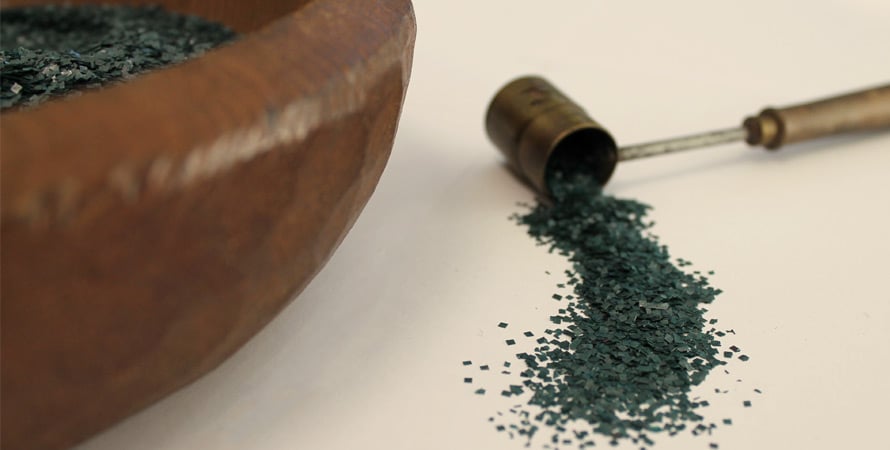
This decrease in performance results in a loss of pressure and a drop in initial shot velocity of several tens of meters per second.
The shell obviously loses part of its energy so the shot will have less penetrating power and be less likely to stop the game. Sometimes this loss of performance is so evident it can even turn a good cartridge into a dud.
Changes in barometric pressure can sometimes also have an effect on shotgun shells, making them less effective with an evident loss of stopping power.
Solutions to damp powder problems
So, as we’ve seen, when gunpowder gets damp this can have a negative effect on the performance of shells, which in normal conditions would give excellent results. The solutions to adopt in this case are:
1) Use double-base gunpowder
Double-base gunpowder is a propellant that contains nitroglycerin, and it’s one of the most effective solutions to the problem of damp powder.
These propellants have a higher thermodynamic performance than single-base gunpowder, the gasses are a lot hotter so a small temperature drop has a less marked negative effect on ballistic performance.
2) Choose powders with a high degree of gelatinisation
Gelatinisation is a process used to produce double-base and single-base powders that are less porous and therefore tend to absorb or retain very little humidity.
3) Use high power primers
Using powerful primers, which produce more power in the initial powder ignition phase, has a positive effect on combustion, significantly limiting the negative effects of temperature and damp.
4) Use plastic shell cases and wads
Last but not least, it’s important to use plastic shell cases and wads. The use of plastic shell cases and wads in fact makes the shell waterproof, reducing the negative effects of damp, even to zero.
A shell designed for use in cold climates? The MB Winter incorporates all the above solutions in the shell.
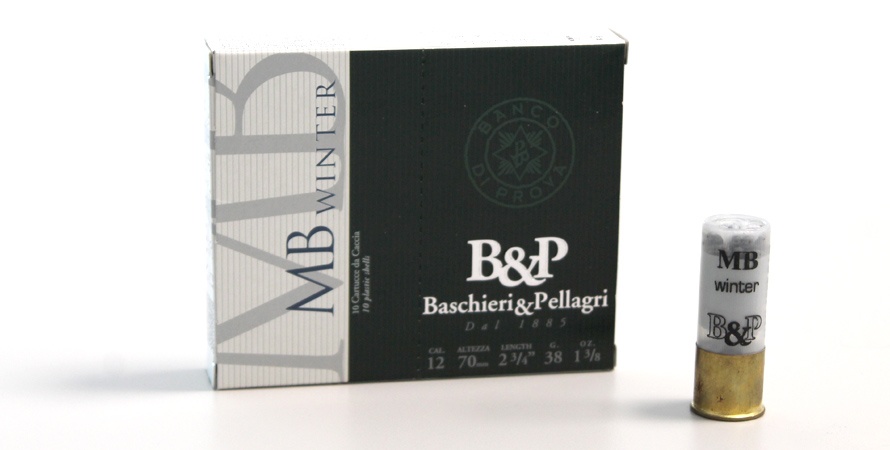
The best shell for cold wintery days
In winter it’s cold and wet and the negative effects of this are obvious, so it’s a good idea to choose shells with the following features:
- Nitrocellulose or double-base powder containing a more moderately combusting substance, with a high level of purity and excellent stability, and a physical structure characterised by low porosity and hygroscopicity;
- Plastic components: shell cases and wads made of special polymers resistant to freezing;
-
Modern, powerful, lead styphnate primers.
As you’ll have noticed, these shells combine all the above-mentioned solutions, for perfect ballistic performance even in cold weather. Furthermore, they also maintain excellent pressure levels and initial shot velocity.
The performance of these shells is evident also for less-expert hunters, as the shot still has an effective amount of energy and high penetrating power, with no drop-off in performance compared to what you’d usually expect from the shell in autumn.
Barometric pressure and shell performance
High pressure increases air density, making it “heavier”.
A gunpowder charge which was originally designed to produce an effective initial velocity with good ballistic performance in standard conditions will have to work harder in these conditions, to blow a column of air out of the barrel that’s much heavier than the air density the shell was designed for.
Hunting at sea level is a typical situation in which shells have to work harder.
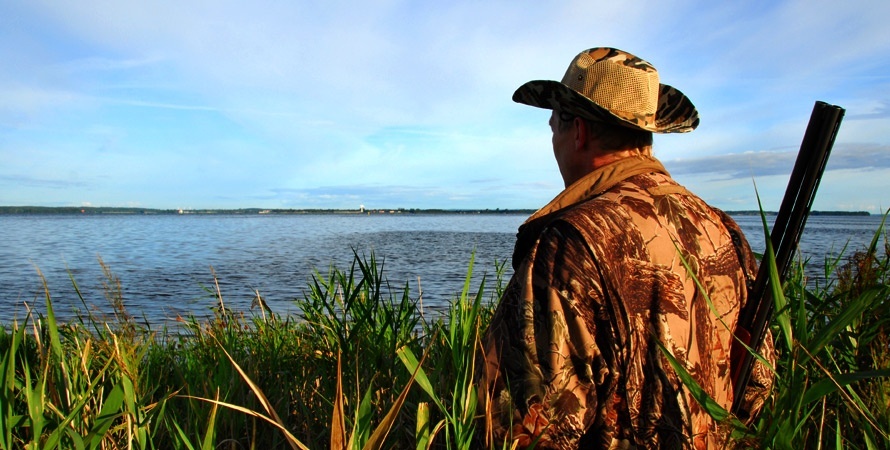
This means excessive energy consumption, and therefore this energy won’t be available to propel the shot. The result is quite a marked drop in initial and residual velocity, meaning less penetrating and stopping power when the shot hits the game.
High atmospheric pressure also has a very negative effect on spread; as the air is heavier, it creates greater resistance to the shot during its trajectory with a dispersing effect.
Therefore, shot patterns at medium to long ranges will be less compact, with a lot more space between the pellets, meaning fewer pellets hit the game, and travel at a slower speed both in the barrel and in their trajectory through the air, with an evident drop in their stopping power.
What’s an extra load?
Extra loads (we call them "Controdosi" in italy) is a solution habitually used in Southern Italy, where the high barometric pressure has a significant impact on ballistic performance. These shells have a deliberately unbalanced shot / powder load to produce very high initial velocities with shot loads that are much lighter than normal.
A load of pellet shot out of the barrel at 420 / 430 m/s, even in the most unfavourable conditions, will obviously have sufficient residual velocity to maintain enough stopping power when it hits the game.
Special shells are manufactured for this purpose that produce a higher initial velocity than the usual 400 m/s, to effectively compensate for the negative effects of high barometric pressure.

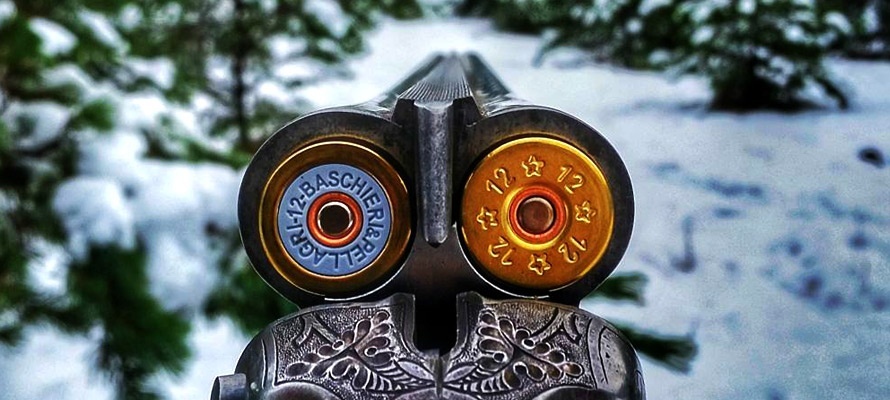

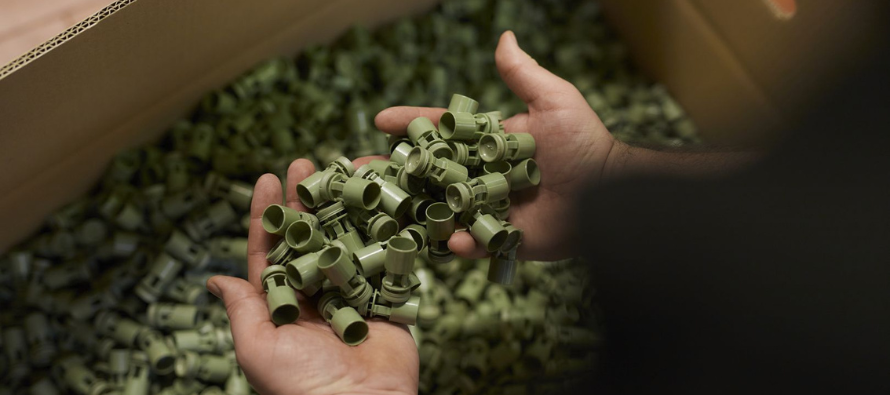
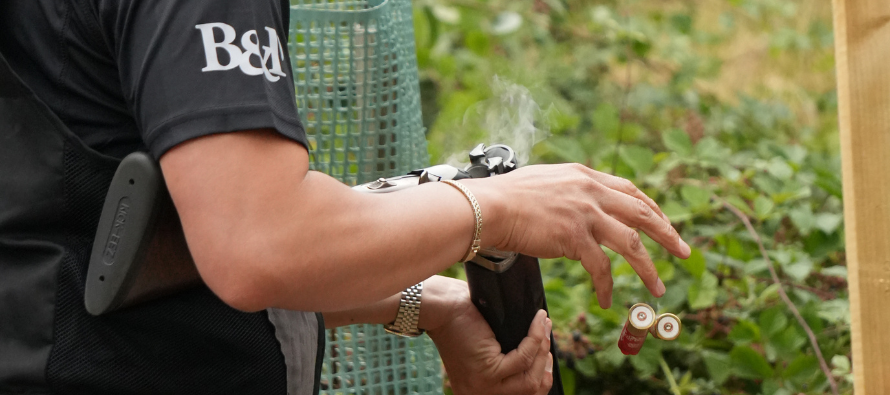
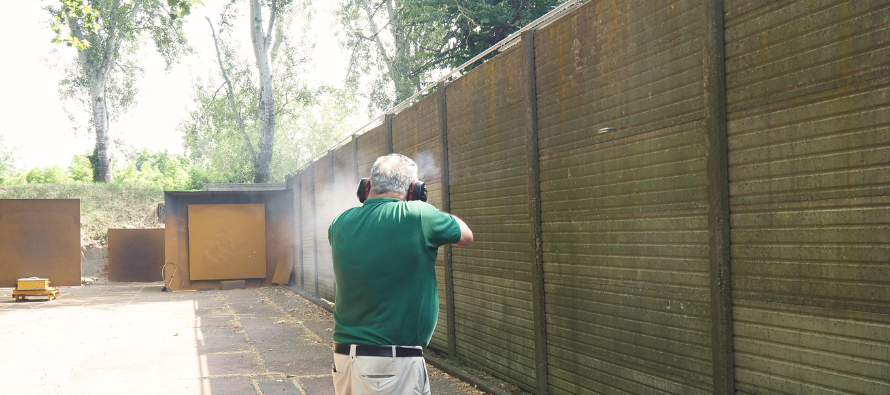
Comment this post